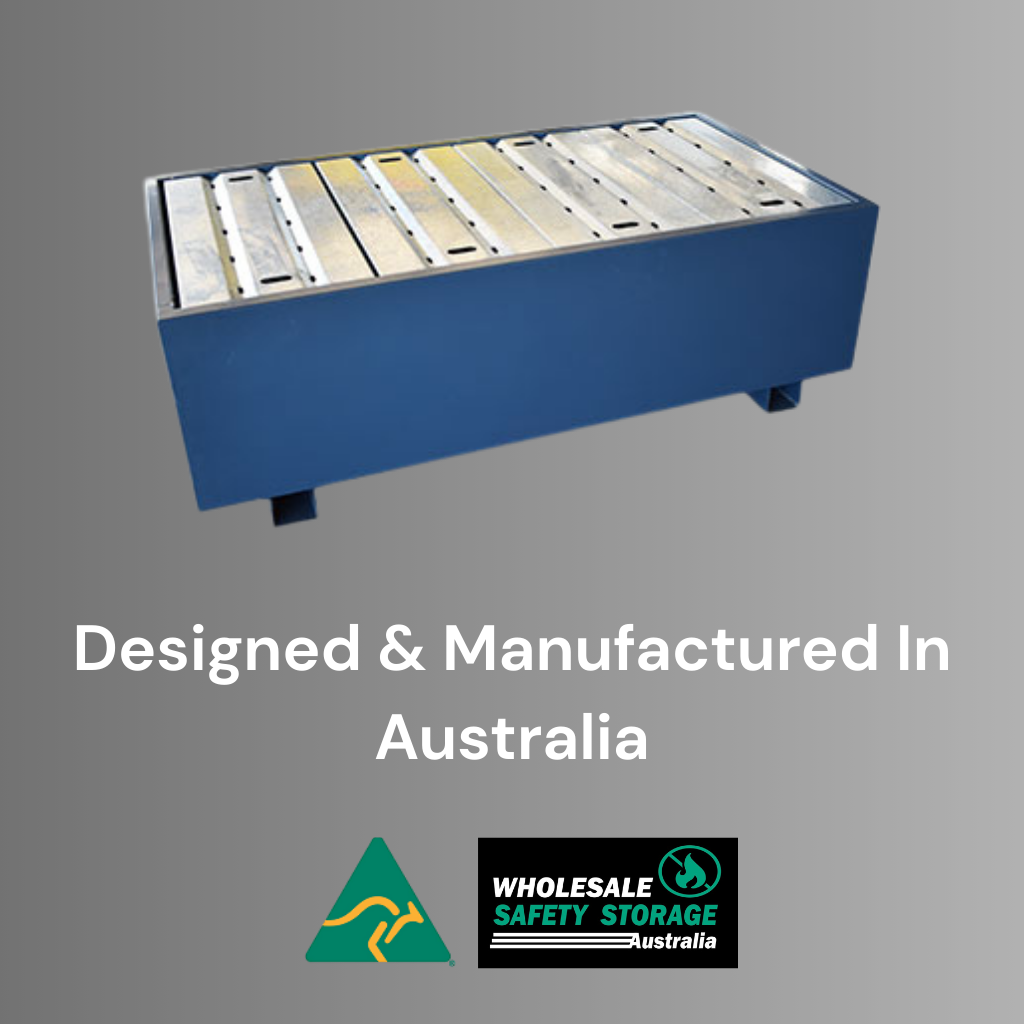Polyethylene vs Steel IBC Bunds Explained: Choosing the Right Solution
Not all IBC bunds are created equal. Polyethylene bunds and powder-coated steel bunds each have their place, depending on the liquids you’re storing. Poly is the go-to for corrosives and aggressive chemicals, while steel is tougher and fire-resistant — perfect for flammable and combustible liquids. In this article, we explain the pros and cons of each so you can make the right choice for your site.
What Each Type Offers
Polyethylene IBC Bunds
- Chemical-resistant — excellent for corrosives, acids, and aggressive chemicals.
- Lightweight, UV-stable, rust-free, and forklift-accessible.
- Cost-effective, easy to move and maintain.
Powder-Coated Steel IBC Bunds
- Strong, durable, and fire-resistant — safer for flammable/combustible liquids.
- Suitable for Class 3 liquids: petrol, kerosene, diesel, oils, and other compatible products.
- Not recommended for corrosives — acids and alkalis will corrode steel quickly unless lined.
Comparison Table
| Feature | Polyethylene | Powder-Coated Steel |
|---|---|---|
| Chemical Resistance | Excellent for corrosives, acids, oxidisers | Best for flammables & combustibles; poor with corrosives |
| Durability & Impact | Light-duty, less impact resistant | Heavy-duty, long lifecycle |
| Fire Resistance | Melts under high heat | High — withstands fire and extreme conditions |
| Maintenance | Minimal — rust-free | Requires coating upkeep; avoid corrosive contact |
| Typical Use | Corrosives, acids, oxidisers, oils | Flammable & combustible liquids (Class 3) |
